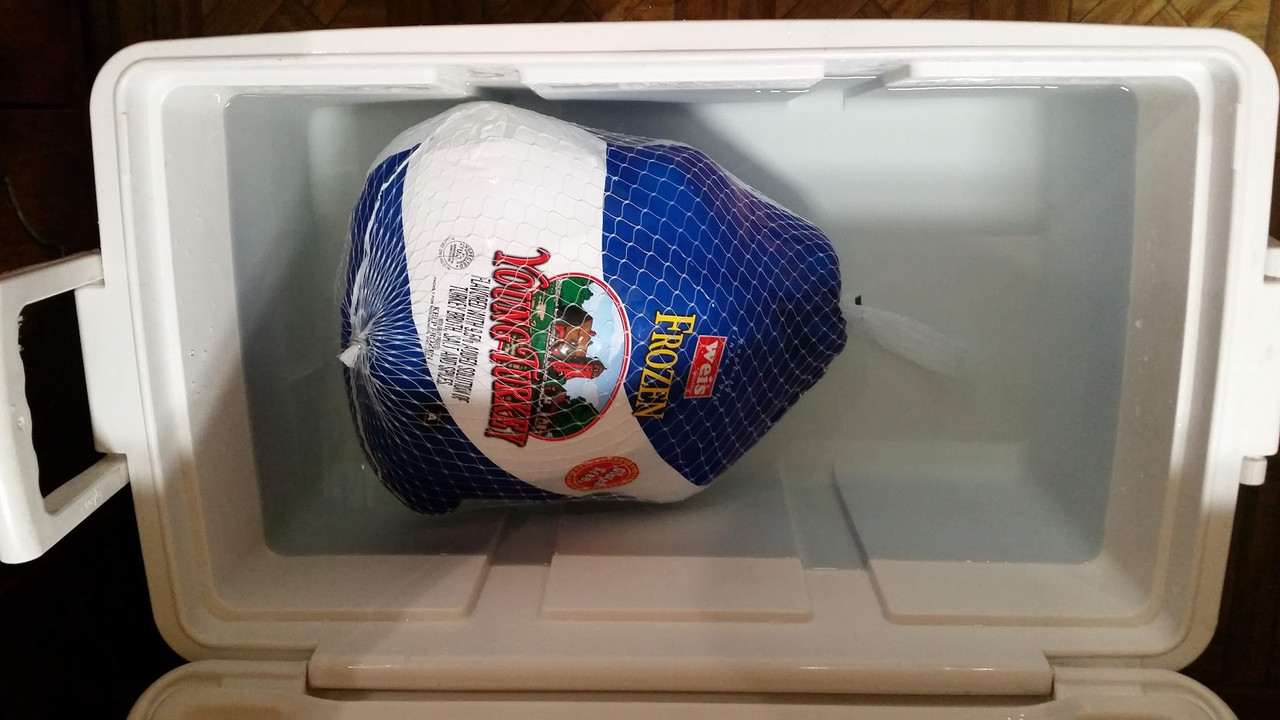Agreed. I must have struck a nerve. Definitely some pride in those posts.
Thing is, i wasnt trying to be a smart @$$, but i watched a bunch of youtube videos of people injecting cure into a turkey and letting it brine for 2-4 days and when they sliced the turkey it was still white. So i am skeptical.
Sorry if I seemed to come back strong; there are just too many unproven methods and recipes floating around on the net (recipes/videos); just because they are there doesn't necessarily mean they are correct or even accurate. You didn't strike a nerve and no offense taken, I hope this is mutual with you as well.
Your skepticism of the video you watched is a good sign that you understand that tutorials for poorly made products can exist on the net. Think of not properly calculating the PPM and curing times as driving a car without a dipstick for the oil; while there is a safe range, way too little, or way too much could potentially produce catastrophic results. For similar reasons that engines have dipsticks to verify safe operating levels, is somewhat similar to why we need to weigh and properly calculate our PPM of the final product.
I just wanted to clarify Rytek Kutas' Method for curing poultry that BlueTang discussed. The injection speeds the process of curing, giving a great, safe, and calculated finished product. Kutas, like the Marianski Brothers are all pioneers and masters in the curing of meats at home and making sausage at home movements that has become so popular in today's world. Rytek was a co-founder of The Sausage Maker Supply Store, which brought hard to find items and knowledge to those with passion for creating great food.
All in all, it is great to be skeptical and to approach any new method / product with caution. It simply shows that you want to take pride in your efforts. Keep a logbook of curing methods, times, ingredients, ect. Always calculate your own brine and PPM even if you follow a proven recipe. It will help you to learn, to hone, and to sharpen your efforts, as well as preventing you from making mistakes. Caution can be a great friend in these uncharted waters.
But on the flip side you can't discredit a proven method with proper calculations of PPM and times, just because you don't think it is adequate time. Skepticism is good, but rather than just disagreeing and taking a stance at that point; open your desk drawer, sharpen your pencil, get your calculator, and do the proper math to try to support theory. You'll find that by doing the simple math, you will always know where you should stand on the curing issue.
There are some books listed here if you have an interest in obtaining some reading materials.
http://www.bbq-brethren.com/forum/showpost.php?p=4141115&postcount=12
.


